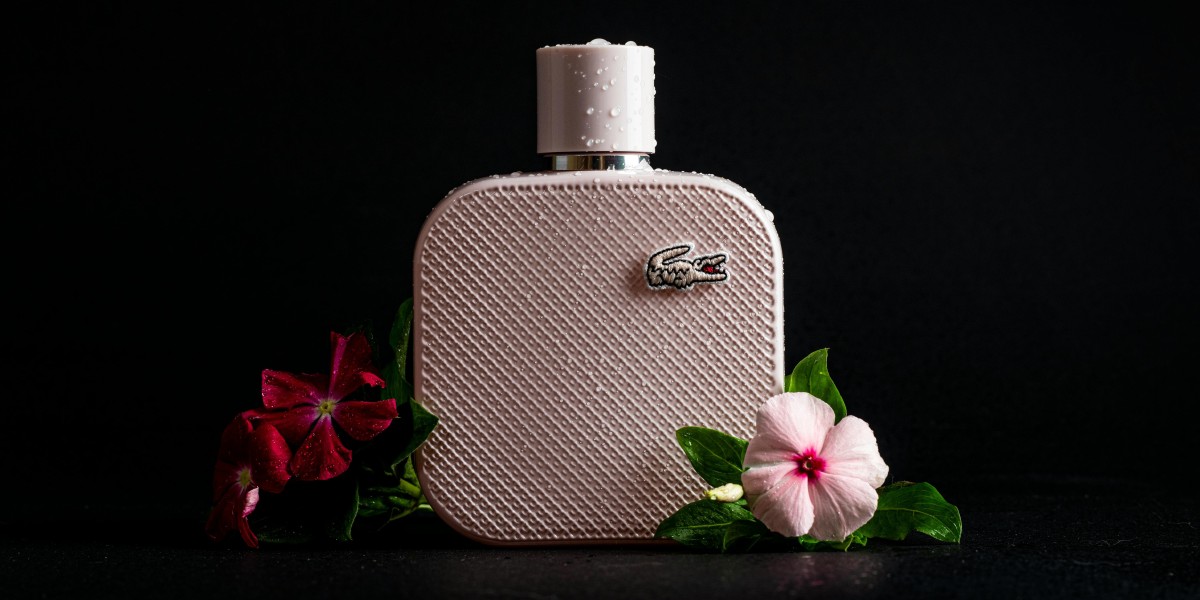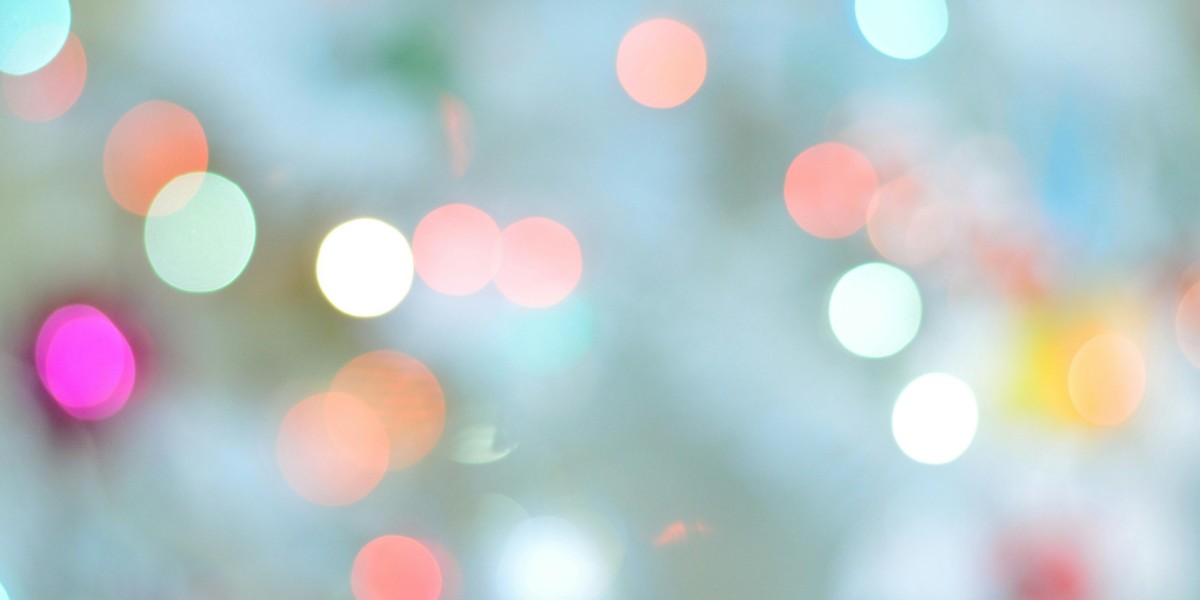Perfume has always been more than just a finishing touch—it is a personal statement, an invisible accessory, and a vessel for memory. But what if one fragrance isn’t enough to capture the full spectrum of your personality? This is where the hidden art of layering perfumes comes into play. By combining two or more fragrances, you can create a scent that is truly unique, personal, and unforgettable.
Layering fragrances isn’t about randomly mixing perfumes. It requires knowledge of perfume families, notes, and structures. The practice allows you to highlight certain characteristics, tone down overpowering notes, or add unexpected depth. It’s a delicate balance between creativity and understanding the science of scent.
In this article, we’ll explore the fascinating world of perfume layering. We’ll discuss the basics, strategies, and creative techniques, while also answering key questions like “what is chypre” and how families like chypre fruity perfume fit into the layering process. By the end, you’ll have the tools and inspiration to craft your own signature scent.
What Is Perfume Layering?
Perfume layering, also called fragrance cocktailing, is the art of applying multiple scents to create a customized aroma. It’s not a new concept—Middle Eastern and South Asian cultures have layered oils and attars for centuries, combining oud, rose, musk, and amber.
Western perfumery later embraced this practice, with brands offering matching shower gels, lotions, and perfumes designed for layering. Today, fragrance enthusiasts are pushing beyond brand-specific pairings, experimenting with mixing different perfumes to achieve a one-of-a-kind result.
The goal is simple: to create a scent that nobody else has.
Why Layer Perfumes?
Layering perfumes offers several benefits:
Individuality: You create a fragrance that is uniquely yours.
Versatility: You can adjust your scent depending on the occasion or mood.
Depth and Longevity: Layering can make your fragrance last longer and evolve in interesting ways.
Experimentation: It allows you to explore fragrance families you wouldn’t usually wear on their own.
Instead of being limited to one perfume, layering opens a new creative playground.
Understanding Fragrance Structures Before Layering
To successfully layer perfumes, you need to understand how perfumes are built. Every fragrance consists of three levels of notes, often referred to as the fragrance pyramid:
Top Notes: The first impression, often citrusy, fruity, or fresh.
Heart Notes: The core of the fragrance, usually floral, spicy, or aromatic.
Base Notes: The foundation that lingers, often woody, musky, or resinous.
When layering, you’re essentially creating a new fragrance pyramid. Knowing how top, middle, and base notes interact helps you avoid clashes and achieve balance.
What Is Chypre?
Before diving into layering techniques, it’s important to understand one of perfumery’s most celebrated families. So, what is chypre?
The term “chypre” comes from the French word for Cyprus, inspired by the island’s aromatic resins and herbs. In perfumery, it refers to a fragrance family characterized by a specific structure:
Top Notes: Fresh citrus, typically bergamot.
Heart Notes: Florals or fruits.
Base Notes: Mossy, woody, and resinous notes like oakmoss, labdanum, and patchouli.
This contrast between sparkling freshness and earthy depth gives chypre fragrances their unique sophistication.
Among its variations, chypre fruity perfume is especially popular, combining the classic chypre structure with juicy fruit notes like peach, plum, or berry. These perfumes are elegant yet playful, offering a great example of how classic families can be modernized.
Why Chypre Perfumes Are Great for Layering
Chypre perfumes, including chypre fruity perfume, are versatile for layering because they already balance freshness, florals, and earthy depth. When combined with other fragrance types, they can either:
Enhance freshness (by layering with citrus or green perfumes).
Deepen sensuality (by adding oriental, amber, or woody scents).
Highlight playfulness (by pairing with gourmand or fruity perfumes).
This adaptability makes chypre perfumes an ideal base for experimenting with layers.
Principles of Perfume Layering
Layering is both an art and a science. Here are key principles to guide you:
1. Start with Simplicity
Begin with uncomplicated fragrances, such as soliflores (single-note perfumes) or light citrus and musk scents. These act as building blocks.
2. Balance Strong and Soft Notes
If one perfume is bold and heavy, pair it with something lighter. For example, a rich oud scent pairs beautifully with a delicate floral.
3. Stick to Two Layers at First
While advanced users may layer three or more scents, beginners should master two before experimenting further.
4. Test on Skin, Not Paper
Perfumes evolve differently on skin due to body chemistry. Always test combinations on your wrist or neck.
5. Allow Time Between Layers
Apply the first perfume, let it settle for a minute, then apply the second. This helps the scents blend naturally.
Techniques for Layering Perfumes
There are several approaches to layering, each with unique results:
1. Same Family Layering
Combine two perfumes from the same family for a harmonious blend. For example, layering two florals or two citrus scents creates a refined, cohesive result.
2. Contrasting Layering
Mix opposites for bold effects. A sweet vanilla perfume layered with a crisp green scent creates balance between comfort and freshness.
3. Anchoring with Neutrals
Musk, sandalwood, or clean aquatic fragrances can act as anchors, softening stronger perfumes.
4. Highlighting a Note
If you love jasmine, layer a floral perfume with another scent that includes jasmine as a secondary note, amplifying its presence.
5. Seasonal Layering
Light florals paired with fresh aquatics are perfect for summer, while spicy orientals layered with woody chypres shine in winter.
Creative Layering Ideas
Here are some tried-and-tested layering combinations to inspire you:
Citrus + Floral: Bright and romantic, perfect for daytime.
Vanilla + Woody: Warm and comforting, ideal for evenings.
Chypre Fruity Perfume + Amber: Sophisticated yet playful, balancing elegance with sensuality.
Rose + Oud: A Middle Eastern classic, rich and luxurious.
Green Notes + Musk: Clean, fresh, and long-lasting.
Mistakes to Avoid in Perfume Layering
While layering is fun, it can go wrong without care. Avoid these pitfalls:
Mixing Too Many Heavy Scents: Overpowering and clashing.
Ignoring Personal Chemistry: Test combinations on your skin before committing.
Using Opposing Gourmands: Chocolate and coffee may not blend well with overly fruity notes.
Applying in Excess: Less is more when layering. Apply lightly to avoid overwhelming yourself and others.
How to Incorporate Chypre Fruity Perfume into Layers
Since chypre fruity perfume already balances citrus, mossy, and fruity notes, it serves as an excellent foundation. Here are layering ideas:
With Citrus Perfumes: To enhance brightness and freshness.
With Gourmand Scents: To add sweetness and contrast against its earthy base.
With Woody Perfumes: To deepen the sophistication.
With Florals: To emphasize the romantic heart notes.
By layering with chypres, you create scents that feel classic yet contemporary.
Perfume Layering and Personal Identity
Ultimately, layering is about self-expression. It allows you to tailor your fragrance wardrobe to your moods, roles, and aspirations. For instance:
At work, you might layer a soft musk with citrus for professionalism.
For evenings, you might build a richer, bolder combination with amber and chypre.
On weekends, you may prefer playful layers of fruity and gourmand scents.
Your signature scent becomes more than a perfume—it becomes a reflection of your evolving self.
Conclusion
Perfume layering is a hidden art that transforms fragrance into a personal language. By understanding perfume structures, experimenting with combinations, and exploring families like chypre fruity perfume, you gain the ability to design scents that are truly your own.
So, what is chypre in this context? It is a timeless fragrance family whose balance of citrus brightness and mossy depth makes it an excellent anchor for layering. Whether paired with gourmands, florals, or woody notes, chypre adds refinement and complexity.
The beauty of layering lies in its creativity—there are no strict rules, only guidelines to help you discover what resonates with you. With each layer, you’re not just wearing a fragrance; you’re crafting a signature scent, one that tells your story long after you’ve left the room.







